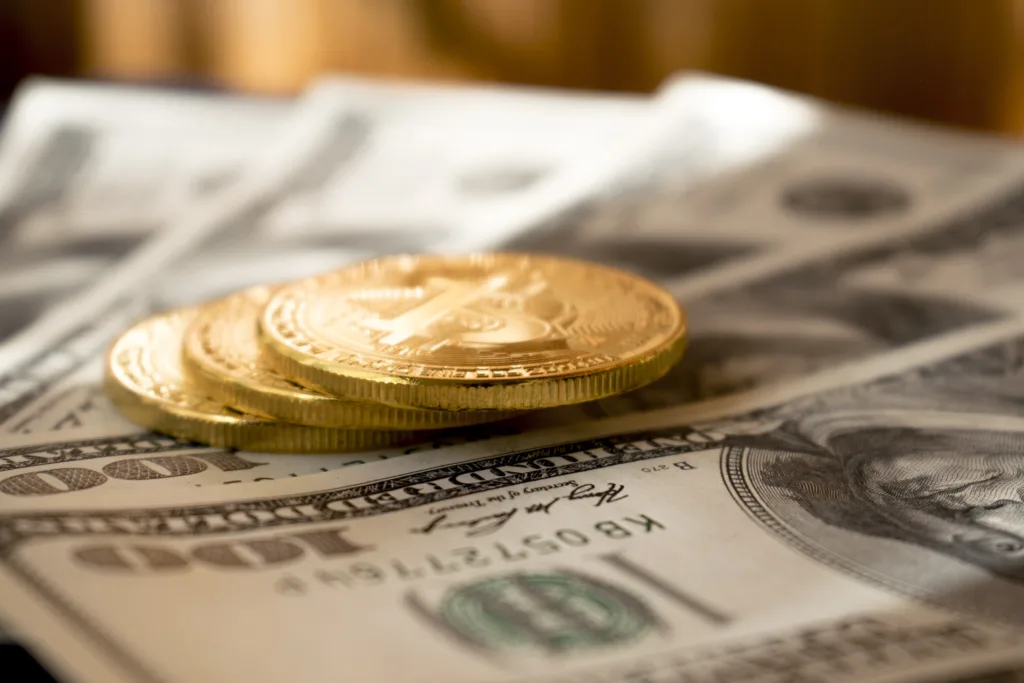Money laundering is a serious criminal activity that involves disguising the proceeds of illegal activity as legitimate funds. However, there is another side to this practice known as reverse money laundering, which is less well-known but equally concerning.
Reverse money laundering is the process by which legitimate funds are transformed into illegal ones. This practice is used primarily by organized crime groups and terrorist organizations to finance their criminal activities.
The process of reverse money laundering involves several stages. The first stage is placement, were legitimate funds are injected into the criminal network. This can be done through a variety of means, including legitimate businesses, investments, or donations.
The second stage is layering, where the funds are moved around to make it difficult to trace their origin. This can involve a complex web of transactions, often crossing international borders and involving multiple jurisdictions.
The third and final stage is integration, where the funds are used to finance criminal activities, such as drug trafficking, human trafficking, or terrorism.
Reverse money laundering is a highly sophisticated and complex process that requires significant resources and expertise. It is often supported by corrupt officials, who facilitate the movement of funds and provide protection to those involved.
One of the challenges of combating reverse money laundering is the difficulty of tracing the origin of the funds. This is due to the complex web of transactions involved, as well as the use of offshore accounts and shell companies to conceal the true owners of the funds.
To combat reverse money laundering, law enforcement agencies must work closely with financial institutions to identify suspicious transactions and patterns of behavior. This can involve the use of advanced analytics and data-mining techniques to detect anomalies and identify potential links between seemingly unrelated transactions.
In addition, governments must work to strengthen their anti-money laundering laws and regulations, and to provide the resources and training necessary to enforce them effectively. This includes increasing cooperation and information-sharing between law enforcement agencies and financial institutions, as well as improving international cooperation and coordination.
Reverse money laundering is a serious and growing threat to global security and stability. It is a highly complex and sophisticated process that requires significant resources and expertise to combat effectively. To address this challenge, governments and law enforcement agencies must work together to strengthen their anti-money laundering efforts and to disrupt the financial networks that support criminal and terrorist activities.
What Are The 3 Layers Of Money Laundering?
Money laundering involves three stages, which are commonly known as the 3 layers of money laundering. These stages are placement, layering, and integration.
1. Placement: This is the first stage in the money laundering process. It involves the physical placement of the illicit funds into the financial system. Criminals often use cash deposits, wire transfers, or other means to introduce the funds into the financial system. The goal of this stage is to make it difficult for law enforcement to trace the funds back to their illegal origins.
2. Layering: The secod stage of money laundering is layering. During this stage, the funds are moved through various accounts and financial institutions in an attempt to create confusion and make it difficult to trace the funds back to their illegal source. This may involve transferring funds between multiple accounts, buying and selling assets, and using offshore accounts.
3. Integration: The final stage of money laundering is integration. During this stage, the illicit funds are returned to the criminal in a seemingly legitimate form. This may involve the purchase of real estate, luxury goods, or other assets that can be sold or used without raising suspicion. The goal of this stage is to make the illegal funds appear to be legitimate income or assets.
The 3 layers of money laundering involve the placement of illicit funds into the financial system, the layering of those funds through various accounts and financial institutions, and the integration of the funds back into the criminal’s possession in a seemingly legitimate form.

What Is An Example Of Laundering Money?
Laundering money involves making illegally obtained money appear legitimate. One example of money laundering is through the reselling of assets. Criminals may purchase expensive items with cash, such as real estate or luxury cars, and then quickly resell those items to obtain money that can be used in their bank account. This makes the money appear to be from a legitimate source, even though it was obtained illegally. Reselling assets is a popular method for money laundering as it allows the criminal to quickly obtain usable funds while making the money appear legitimate.
Can You Launder Money Without Cash?
It is possible to launder money without cash. Criminals can use corporate deals to funnel their illicit funds, such as bribes, kickbacks, and embezzlement schemes, through the financial system without involving banks or handling physical cash. Corporate deals are often exempt from currency controls and regulations, making it easier for criminals to move large sums of money across borders and disguise the source of the funds. This method of money laundering has become increasingly common in recent years, as criminals seek to avoid detection by law enforcement agencies and financial institutions.
What Is The Best Way To Launder Money?
The best way to launder money would be to own a financial institution such as a bank, mortgage company or stock trading company. By owning such an institution, a money launderer can easily move illegal funds through their organization and transfer it to another financial institution without raising any suspicion. This allows them to clean the money and make it appear as if it was obtained through legal means. It is important to note that money laundering is a serios crime and carries severe legal consequences. It is advised to always engage in legal and ethical practices when dealing with finances.

Conclusion
Reverse money laundering, also kown as clean money, is a process where illegally obtained funds are made to appear as if they were legally obtained. This is achieved through various means, including reselling assets, owning a financial institution, and funneling money through corporate deals. The process of reverse money laundering is often complex and involves multiple stages such as placement, layering, and integration. However, it is important to note that reverse money laundering is illegal and unethical. It not only supports criminal activities but also undermines the integrity of financial systems. Therefore, it is crucial for governments and financial institutions to work together to prevent and detect such illegal activities. By implementing effective measures and increasing awareness, we can prevent the flow of dirty money in our financial systems and promote a fair and just society.
